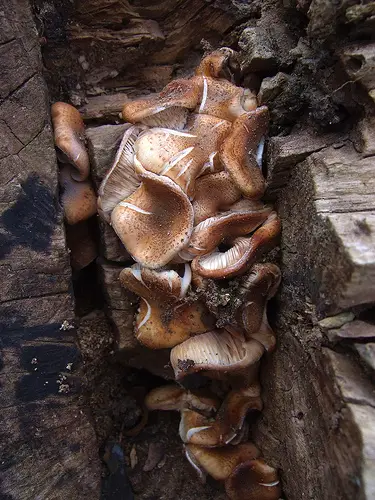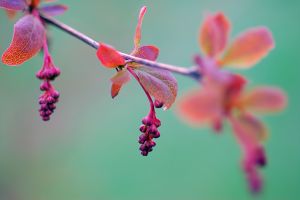Armillaria gallica
The Armillaria gallica is a honey mushroom species that belongs to the family Physalacriaceae. It is a common and ecologically important type of wood-decay fungi that can live as an opportunistic parasite which weakens its tree host and causes butt or root rot.
This fungus can be found worlwide. It is found in temperate regions of North America, Asia, and Europe. It forms a fruity body either as a single individual or in groups in rotting wood or soil. It has also been introduced into South Africa.
The Armillaria gallica was dubbed as the “humungous fungus” when an individual colony living in a forest in Michigan was reported to cover 15 hectares of land and weigh about 9,500 kgs. This colony which was found in the early 1990s was thought to be at least 1,500 years old. As a result, this inspired yearly mushroom-themed festival in Crystal Falls.
This fungus is sub-terranean. It will produce fruit bodies that are about 10 cm in diameter. It is covered with small scales, and is yellow-brown in colour. On the underside of the mushroom cap are gills that are either pale orange or white to creamy in colour. Its stem is up to 10 cm long and has a white ring that divides the stem from the cap and the base.
The Armillaria gallica efficiently decomoses dead wood in temperate mixed and broadleafed forests. It will develop an extensive underground root-like structural system which it uses to decompose the dead wood.





